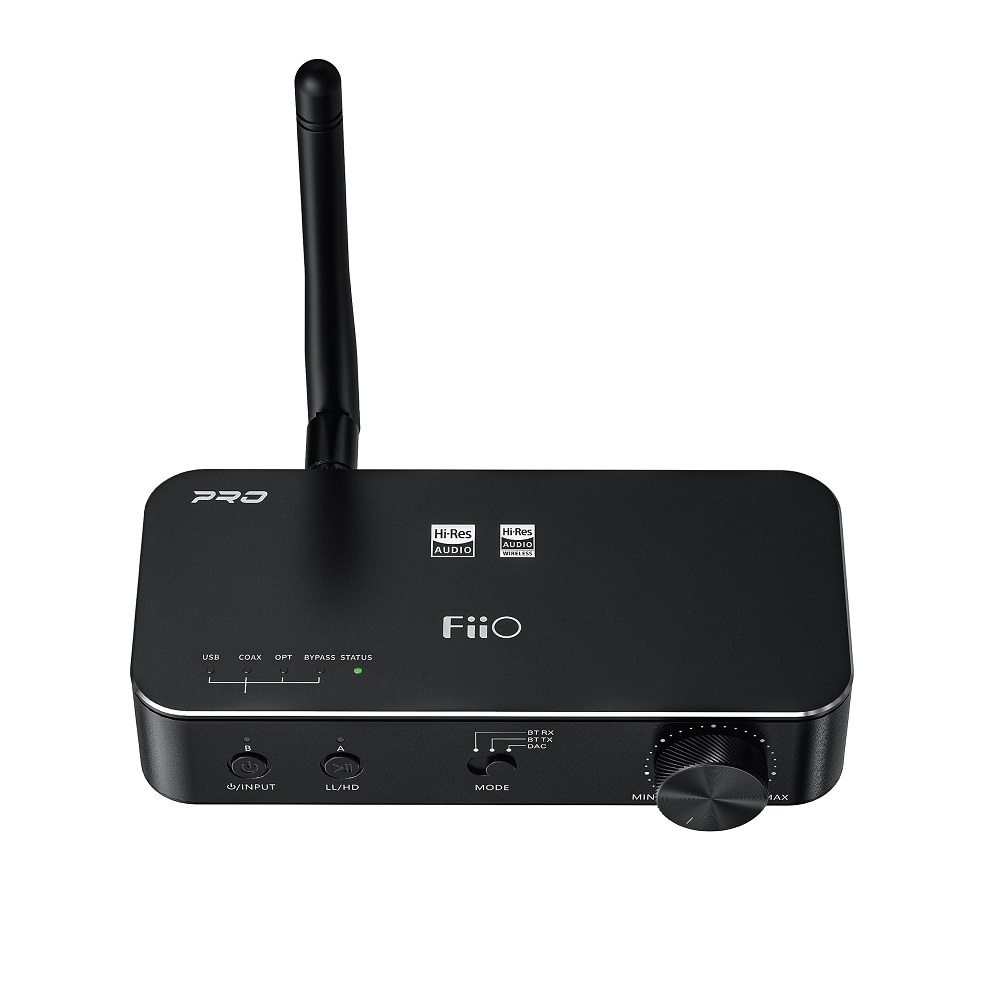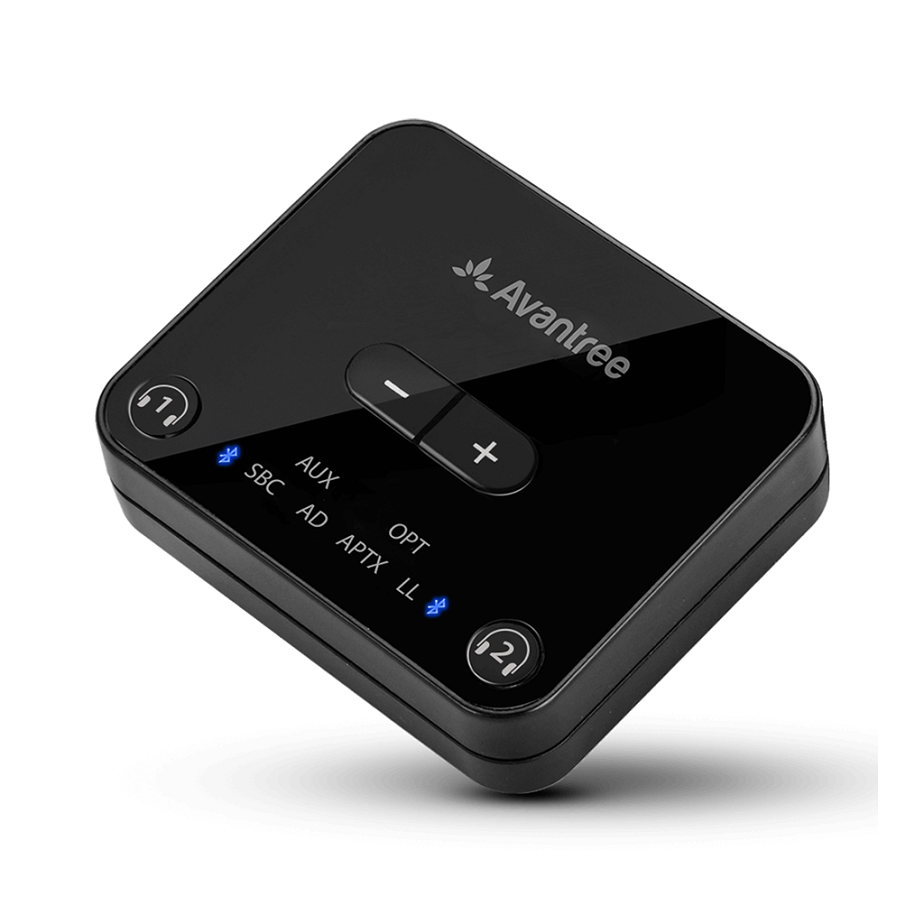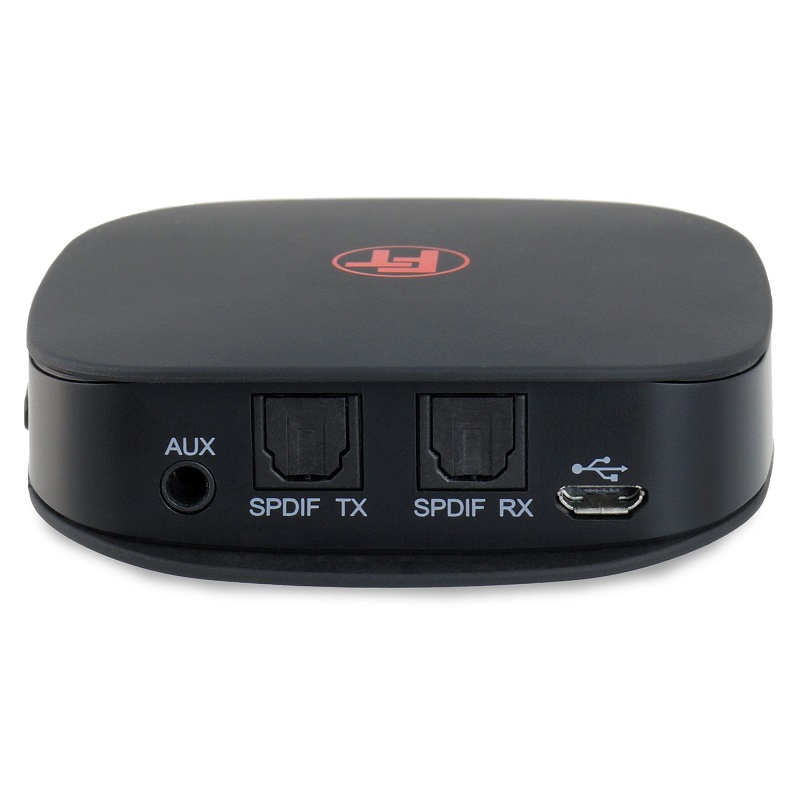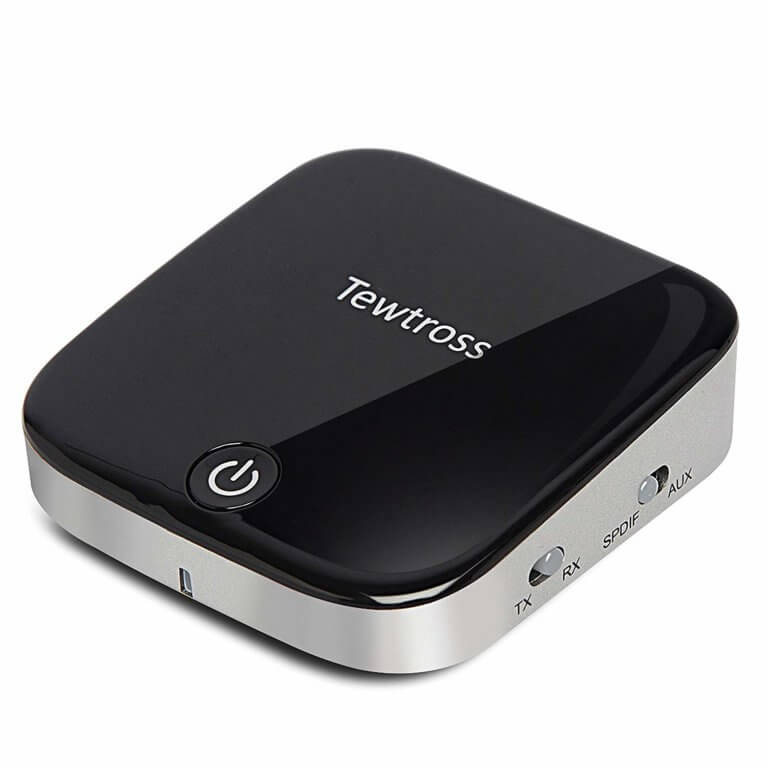Bluetooth technology has transformed the way we experience audio. One of the primary devices enabling this revolution is the Bluetooth transmitter. These devices allow users to send audio signals wirelessly to headphones, speakers, or other compatible devices. In this article, we will delve into what Bluetooth transmitters are, how they work, and their myriad benefits.
What is a Bluetooth Transmitter?
A Bluetooth transmitter is a device that converts audio signals from a non-Bluetooth source into a Bluetooth signal. This makes it possible to wirelessly connect devices that lack built-in Bluetooth capabilities. Common sources of audio signal include televisions, computers, and older audio systems. The transmitter captures the audio output from the source and transmits it wirelessly to Bluetooth-enabled devices, like headphones or speakers.
Types of Bluetooth Transmitters
Bluetooth transmitters come in various forms. Some are stand-alone devices, while others exist as part of a larger audio system. Stand-alone transmitters often have a simple design, making them easy to use. They typically include a 3.5mm aux input or RCA connectors. This versatility allows them to connect to a range of devices.
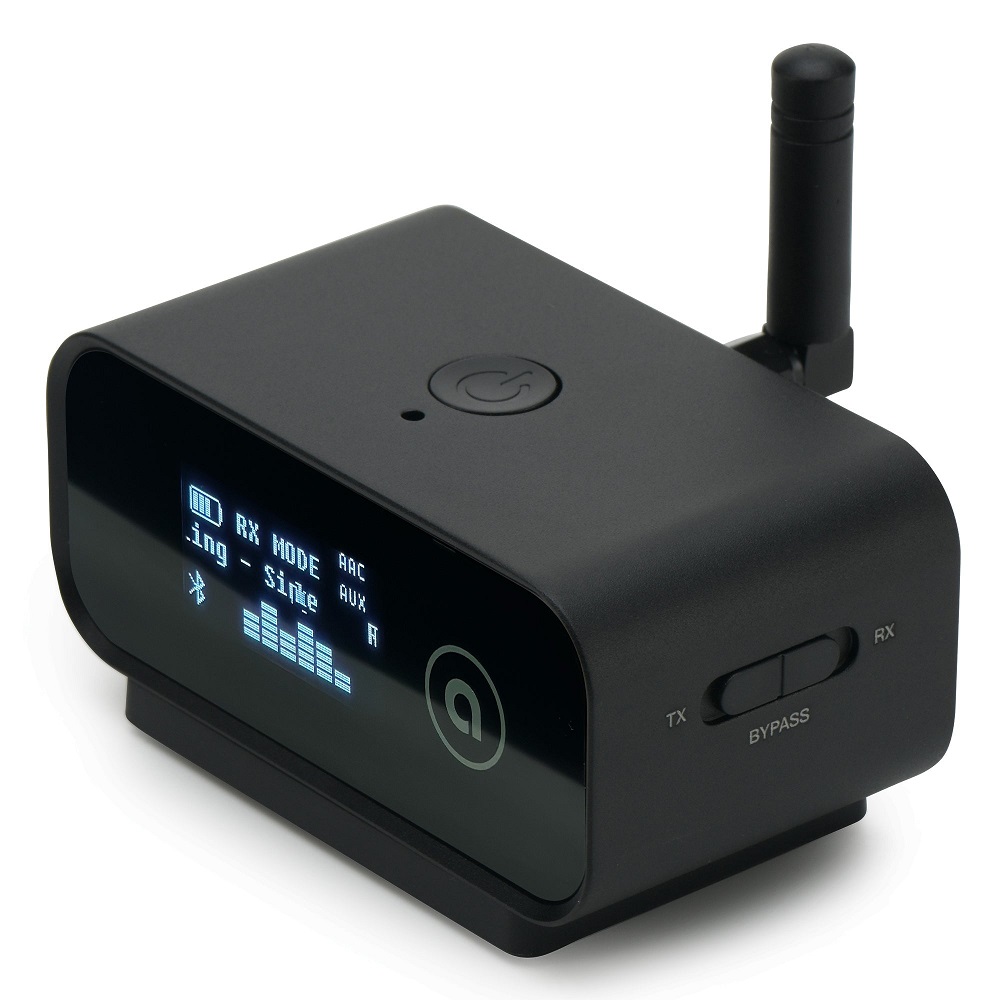
On the other hand, integrated transmitters often come with devices like televisions or sound systems. These built-in transmitters usually maintain a cleaner look and often offer added features. For instance, they might support multiple Bluetooth connections simultaneously. This means you can connect multiple headphones or speakers at the same time.
How Do Bluetooth Transmitters Work?
Bluetooth transmitters work by encoding audio signals into a format that can be sent over the air. The device captures the audio output from the source and translates it into a compressed form. It then sends this compressed data to Bluetooth-enabled devices, which decode the signal back into audio.
The Encoding Process
The encoding process begins when the transmitter receives an audio signal from a device such as a television or smartphone. This signal is often in analog form. To send it wirelessly, the transmitter applies an encoding algorithm. This algorithm compresses the audio data to ensure it can be transmitted effectively over Bluetooth.
Once the audio is encoded, it is transmitted as high-frequency radio waves. The frequency range for Bluetooth technology typically hovers around 2.4 GHz. This frequency allows the device to cover a short range while minimizing interference from other wireless devices.
The Receiving End
On the receiving end, a Bluetooth-enabled headphone or speaker decodes the incoming audio signal. The device uses a corresponding decoding algorithm, which reverses the encoding process. This allows the audio to return to its original form, enabling the listener to enjoy the sound without any noticeable delay or loss in quality.
Benefits of Using Bluetooth Transmitters
Wireless Convenience
One of the primary advantages of using Bluetooth transmitters is the convenience of wireless audio. Gone are the days of tangled cords and limited movement. With a Bluetooth transmitter, you can connect your audio source to headphones or speakers without being physically tethered, allowing for greater freedom of movement.
This convenience is particularly beneficial for users who enjoy watching movies or playing games. You can sit across the room from your television while listening through wireless headphones. This flexibility enhances the overall experience and comfort of enjoying media.
Improved Audio Quality
Bluetooth technology has advanced significantly over the years. Many modern Bluetooth transmitters support high-quality audio codecs, such as aptX and AAC. These codecs ensure that audio quality remains high even during wireless transmission.
With the right transmitter, the difference in sound quality between wired and wireless audio can be negligible. This means audiophiles can enjoy pristine sound without sacrificing the benefits of wireless technology.
Multi-Device Connectivity
Many Bluetooth transmitters allow for multiple connections. This feature is handy for users who have several Bluetooth-enabled devices. For instance, you can connect your smartphone, tablet, and laptop to the same transmitter. Switching between devices is usually as simple as tapping a button, making it a breeze to enjoy your audio.
This kind of flexibility is increasingly important in today’s multi-device world. It enables users to seamlessly transition between their different audio sources without the hassle of constantly connecting and disconnecting cables.
Choosing the Right Bluetooth Transmitter
Compatibility Matters
When selecting a Bluetooth transmitter, ensure it is compatible with your devices. Check whether it supports the audio output type from your source device. Most transmitters offer a 3.5mm aux input, but some also provide optical or RCA connections. Assess what you need based on your current devices.
Audio Quality Features
Consider audio quality features as well. Look for transmitters that support high-quality audio codecs, such as aptX or AAC. These codecs preserve audio fidelity during transmission. Many transmitters are advertised with “low latency” features. Low latency helps ensure sound and video remain in sync, especially important for watching movies or playing games.
Battery Life and Range
Battery life is another essential factor. Some Bluetooth transmitters run on batteries, while others require a power source. If you plan to use your transmitter frequently or in different locations, consider a device with an extended battery life.
Range is also important. Most Bluetooth transmitters have a standard range of around 30 feet. However, some high-end models can reach further. Ensure the range fits your needs, especially if you plan to use it in larger spaces.
Setting Up Your Bluetooth Transmitter
Unboxing and Initial Setup
Setting up your Bluetooth transmitter is usually straightforward. Upon unboxing, you’ll typically find the transmitter itself, a user manual, and the necessary cables. Begin by connecting the transmitter to your audio source. Depending on the model, this could be through a 3.5mm audio cable, RCA cables, or optical cables.
Pairing with Devices
Once connected, the next step is to power the transmitter on and enter pairing mode. This is often done through a button on the transmitter. After activating pairing mode, move to your Bluetooth-enabled device, like headphones or speakers. Navigate to your device’s Bluetooth settings and locate the transmitter in the available devices list.
Select the transmitter to pair the devices. Once paired, you should hear audio streaming wirelessly. It’s usually a simple process, but always refer to the user manual for specific instructions related to your model.
Troubleshooting Connection Issues
If you experience any connection problems, ensure the devices are within range. Bluetooth can be obstructed by walls or other materials, affecting connectivity. If you’re still having trouble, restart both the transmitter and the receiving device. This simple reset can often resolve connectivity issues.
Real-World Applications of Bluetooth Transmitters
Home Entertainment Systems
Bluetooth transmitters play a significant role in home entertainment systems. Many older televisions lack Bluetooth capability. By using a Bluetooth transmitter, you can easily send audio to wireless headphones or speakers. This is particularly useful in shared living spaces, where loud volumes can be disruptive.
Imagine watching your favorite movie or show without disturbing others. You can connect your transmitter to the TV and enjoy crisp audio through your Bluetooth headset. This experience greatly enhances your way of enjoying home entertainment.
Gaming Consoles
Gamers also find Bluetooth transmitters indispensable. Many gaming consoles do not offer Bluetooth audio natively. By connecting a transmitter, gaming enthusiasts can listen to their games through wireless headphones. This brings a level of immersion to gaming experiences that wired connections often cannot match.
Bluetooth stereo headsets allow for clear audio, helping gamers hear important sound cues. Features like low latency in transmitters make them ideal for fast-paced gaming, helping players maintain a competitive edge without audio lag.
Music and Podcasts On-the-Go
Portable Bluetooth transmitters allow users to stream music and podcasts conveniently. You may have an older car radio or audio system lacking Bluetooth. A Bluetooth transmitter can easily turn it into a Bluetooth-enabled device. Simply plug it into the aux port, and you’re ready to go.
This feature opens up endless possibilities. Listen to your favorite playlists or the latest podcast without needing to change your audio source. As you travel, you’ll enjoy a seamless and wireless audio experience.
Environmental Considerations
Reduced E-Waste
Using a Bluetooth transmitter prolongs the life of existing audio systems. By converting older systems into wireless options, users reduce the need for completely new devices. This significantly cuts down on electronic waste, benefiting the environment.
Many consumers are now opting for eco-friendly solutions, and Bluetooth transmitters are a step in the right direction. Rather than discarding an old device, utilizing a transmitter keeps it functional and relevant in an age of wireless technology.
Energy Efficient Choices
Innovation in Bluetooth technology also brings energy-efficient options. Many modern Bluetooth transmitters use less power compared to older models. During operation, they consume minimal energy, which can lead to reduced electricity costs over time.
Choosing energy-efficient devices aligns with sustainable practices, benefiting both consumers and the environment. When considering a Bluetooth transmitter, be sure to choose a model known for energy efficiency.
Conclusion: Embrace the Wireless Audio Revolution
Bluetooth transmitters have changed the way we listen to audio. Their convenient, wireless technology allows a connection between older devices and modern Bluetooth-enabled peripherals. Whether you’re trying to enjoy a movie without disturbing others, gaming in comfort, or simply listening to music on-the-go, Bluetooth transmitters have you covered.
As technology continues to evolve, the future of audio devices is undoubtedly wireless. By choosing the right Bluetooth transmitter, you can simplify and enhance your audio experience. Embrace this revolution today, and discover a world of freedom and convenience in wireless audio.
